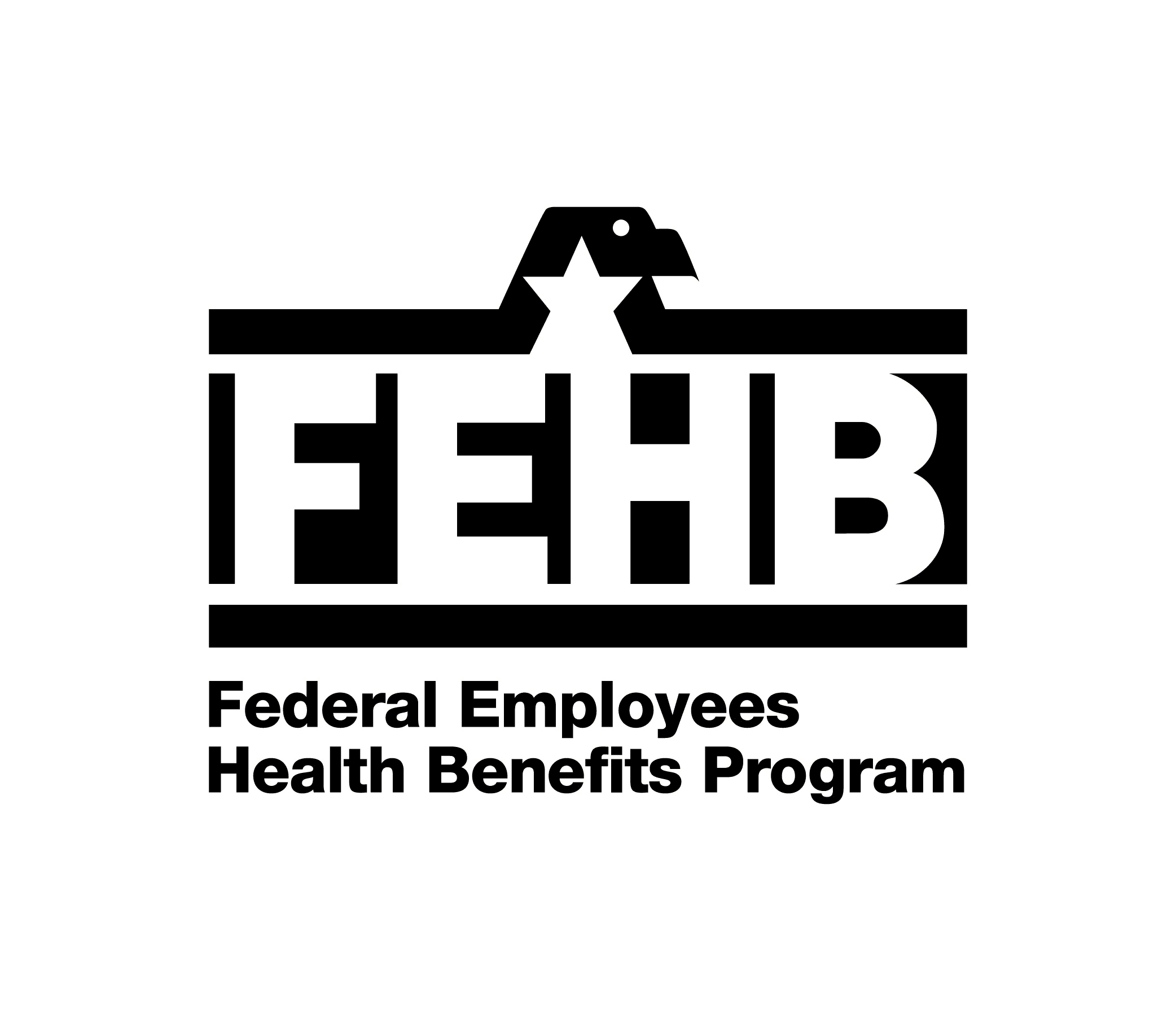This Plan is a health maintenance organization (HMO) plan. OPM requires that FEHB plans be accredited to validate that plan operations and/or care management meet nationally recognized standards. Medical Mutual holds the following accreditations: National Committee for Quality Assurance (www.ncqa.org). To learn more about this plans accreditation(s), please visit the following website: www.MedMutual.com/feds.
We require you to see specific physicians, and use hospitals and other providers that contract with us. These Plan providers coordinate your health care services. We are solely responsible for the selection of these providers in your area. Contact us for a copy of our most recent Provider Directory. We give you a choice of enrollment in a Standard Option or a Basic Option Plan.
HMOs emphasize preventive care such as routine office visits, physical exams, well-baby care, and immunizations, in addition to treatment for illness and injury. Our providers follow generally accepted medical practice when prescribing any course of treatment.
When you receive services from Plan providers, you will not have to submit claims or pay bills. You pay only the copayments and coinsurance described in this brochure. When you receive emergency services, or services related to accidental injury to teeth from non-Plan providers, you may have to submit claims.
You should join an HMO because you prefer the plan’s benefits, not because a particular provider is available. You cannot change plans because a provider leaves our Plan. We cannot guarantee that any one physician, hospital, or other provider will be available and/or remain under contract with us.
Questions regarding what protections apply may be directed to us at 800-315-3144. You can also read additional information from the U.S. Department of Health and Human Services at www.HealthCare.gov.
General features of our Standard and Basic Options
How we pay providers
We contract with physicians, medical groups, and hospitals to provide the benefits in this brochure. These Plan providers accept a negotiated payment from us, and you will only be responsible for your cost-sharing (copayments, coinsurance, deductibles, and non-covered services and supplies).
Preventive care services
Preventive care services are generally covered with no cost sharing and are not subject to copayments, deductibles or annual limits when received from a network provider.
Your rights and responsibilities
OPM requires that all FEHB plans provide certain information to their FEHB members. You may get information about us, our networks, and our providers, and our facilities. OPM’s FEHB Website www.opm.gov/healthcare-insure/ lists the specific types of information that we must make available to you. Some of the required information is listed below.
- Your Medical Mutual plan is underwritten and insured by Medical Mutual of Ohio. A trusted insurer for more than 80 years, Medical Mutual is the oldest and largest health insurance company headquartered in the state of Ohio. We are a mutual health insurance company, owned by its policyholders and directed by a Board of Trustees and corporate officers.
- This medical benefit Plan is provided by Medical Mutual of Ohio. Medical and hospital services are provided by the Medical Mutual MedFlex Network of providers.
You are also entitled to a wide range of consumer protections and have specific responsibilities as a member of this Plan. You can view the complete list of these rights and responsibilities by visiting our website, Medical Mutual of Ohio at www.MedMutual.com/feds. You can also contact us to request that we mail a copy to you.
If you want more information about us, call 800-315-3144 (TTY: 711) or write to Medical Mutual of Ohio, Customer Care, PO Box 6018, Cleveland, OH 44101-1018. You may also visit our website at www.MedMutual.com/feds.
By law, you have the right to access your protected health information (PHI). For more information regarding access to PHI, visit our website at www.MedMutual.com/feds to obtain our Notice of Privacy Practices. You can also contact us to request that we mail you a copy of that Notice.
Your medical and claims records are confidential
We will keep your medical and claims records confidential. Please note that we may disclose your medical and claims information (including your prescription drug utilization) to any of your treating physicians or dispensing pharmacies.
Language interpretation services
Language interpretation services are available to non-English speaking members. Please ask an English speaking friend or relative to call Customer Care at 800-315-3144 (TTY: 711).
Service Area
To enroll in this Plan, you must live or work in our service area. This is where our providers practice.
Our Northeast service area includes the following counties:
Ashland, Ashtabula, Columbiana, Cuyahoga, Erie, Geauga, Huron, Lake, Lorain, Mahoning, Medina, Portage, Richland, Stark, Summit, Trumbull, and Wayne.
Our Northwest service area includes the following counties:
Allen, Auglaize, Defiance, Fulton, Henry, Lucas, Mercer, Ottawa, Putnam, Sandusky, Seneca, Williams and Wood.
Ordinarily, you must receive your care from physicians, hospitals, and other providers who contract with us. If you receive care outside our service area, we will pay only for emergency care benefits. We will not pay for any other healthcare services out of our service area unless the services have prior plan approval.
If you or a covered family member move outside of our service area, you can enroll in another plan. If your dependents live out of the area (for example, if your child goes to college in another state), you should consider enrolling in a fee-for-service plan or an HMO that has agreements with affiliates in other areas. If you or a family member move, you do not have to wait until Open Season to change plans. Contact your employing or retirement office.

